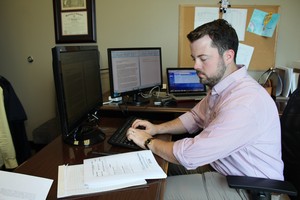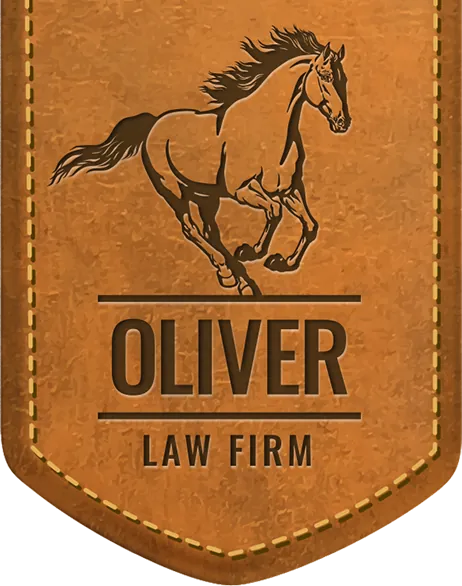The Science of Persuasion: A Litigators Guide to Juror Decision-Making by Dr. Brad Bradshaw is a guide for how to approach a trial, from beginning to end, based on Dr. Bradshaw’s jury research. Dr. Bradshaw is a trial consultant who runs focus groups and mock trials for a living. This gives him valuable insight into the minds of thousands of regular people throughout the years and has enabled him to write this book.
Most of the ideas in the book re-affirm the traditional ways of going about a trial. But, the explanation of why different things work is something I haven’t read before. For example, I’ve heard that closing is used to enable your favorable jurors to argue on your behalf in deliberations, but I’ve never had it explained why the jurors rarely change their minds that late in the trial and why they need to be equipped to argue if they agree with you. This extra layer of explanation really made the different ideas hit home.
One thing that stuck out to me while reading this book was an overwhelming emphasis on brevity and conciseness. This was even more obvious while going through the examples at the end of the book. During the text of the book, he stressed that openings and closings should not be longer than 20 minutes. Partly because people can’t pay attention for much longer than that and partly because even people who pay attention won’t retain the information from a longer presentation. I found this to be fascinating.
He had such an emphasis on being brief that he cut out almost half of the “standard” David Ball on Damages opening for his example. There were clear markers that he had modeled his opening after the Damages method, starting with a rule for one, but several components were missing. I would be interested in finding out if this level of brevity ever backfires by not answering the questions that jurors want answered.
My one point of disagreement with what is espoused in the book is on how to handle facts that are bad for your case. Dr. Bradshaw put forth the traditional way of thinking, that is to admit that certain facts are not good for your case. The thinking behind this theory is that this admission will give the attorney more credibility in the eyes of the jury for being honest about the facts. However, I tend to think this type of approach will backfire.
Today, the public at large is so skeptical of the judicial system, and lawyers in particular, that they always assume the truth is worse than what the lawyer is saying. So, if a lawyer “admits” that some facts are bad for the case, the jury ends up thinking that the facts are even worse than they actually are. Instead of admitting facts are bad, I believe that a lawyer should try to own every fact in a case and spin the fact to where it supports their arguments. I saw an excellent presentation on this exact practice in New Orleans and how effective it can be. I simply don’t think that a lawyer can convince a jury that the lawyer is honest during the course of a trial when the jury has long-believed that all lawyers tell half-truths and hide the ball.
Application:
The way that this book will apply to my work and help our clients is very straightforward. I’m currently working on preparing for a jury trial that starts on Valentine’s Day, and the voir dire method from this book will be put into practice immediately. Dr. Bradshaw says to ask questions that identify bad jurors so they can be struck instead of identifying good jurors to be sure and keep. I completely agree with this strategy. Plus, the examples of voir dire questions contained in the back of the book can almost be typed word-for-word into what I will say at trial. In less than 3 weeks after reading this book, we will have a client directly benefited by what this book contains.

Conclusion:
As a whole, I thoroughly enjoyed The Science of Persuasion. I enjoy any book that I think will make me better at what I do, but the style of this one made it easy to digest and read for long periods of time without getting confused or overwhelmed. This book is also directly applicable to the case I’m working on and will immediately help our clients. I highly suggest this as a read for everyone on our team.
“Knowledge is a process of piling up facts; wisdom lies in their simplification.” – Martin H. Fischer, quote listed at the beginning of Chapter 7.
NOTE: Oliver Law Firm has a reading program and an office library full of many great books. Our mission is to inspire, train, and mentor our work family to improve ourselves and client services.
Oliver Law Firm, 3606 W. Southern Hills Blvd., Rogers, AR 72758.
a Free Consultation



